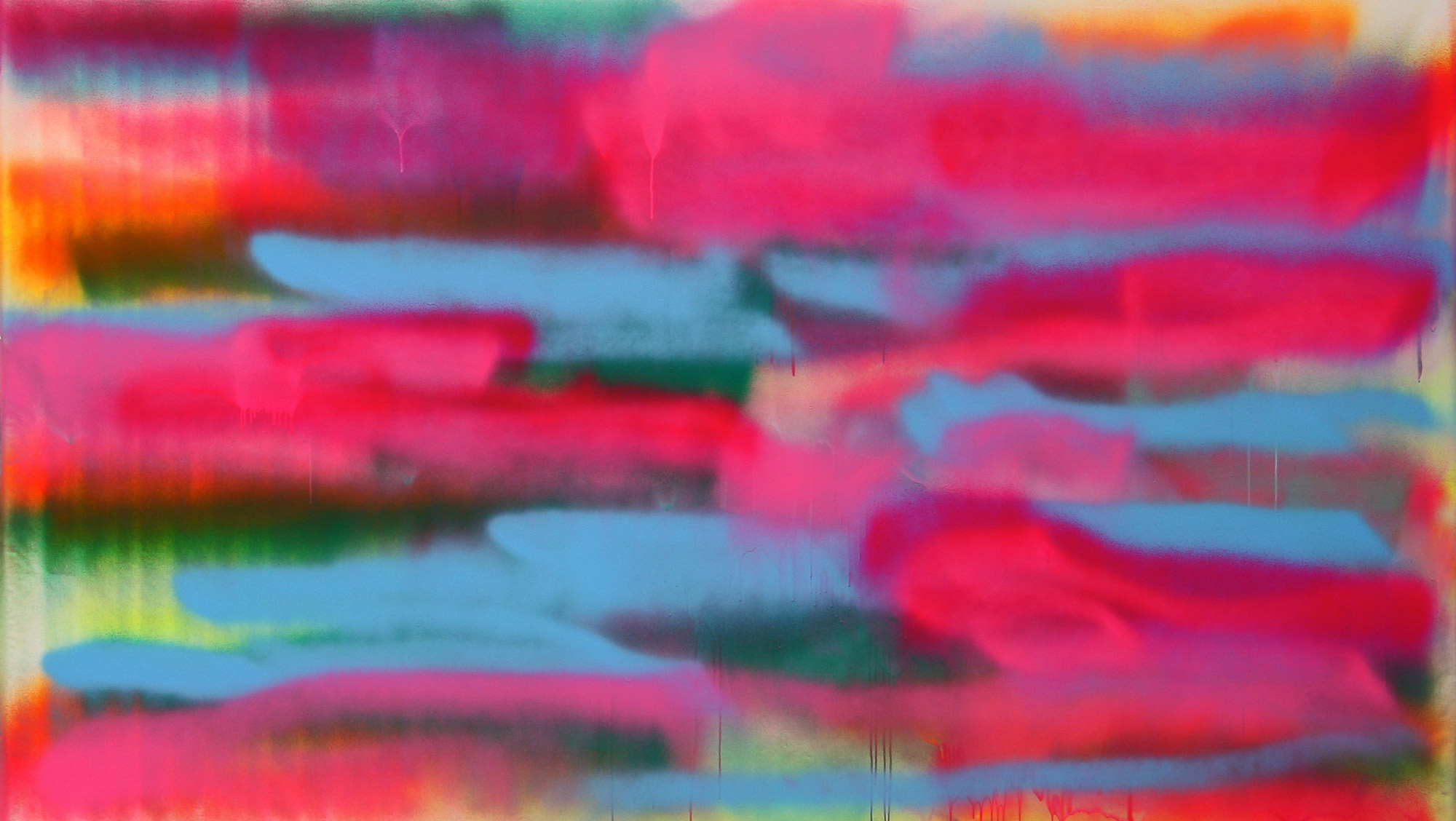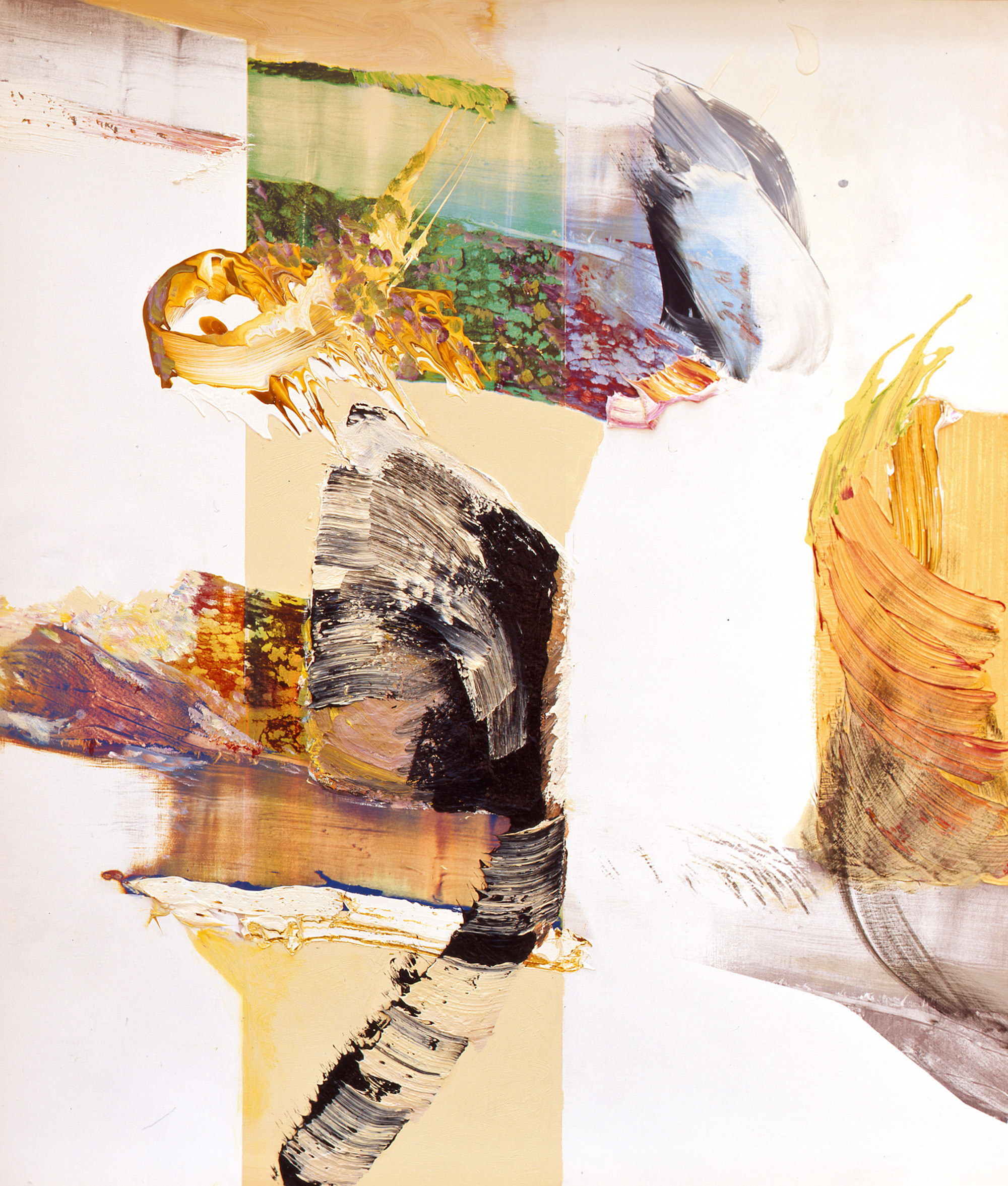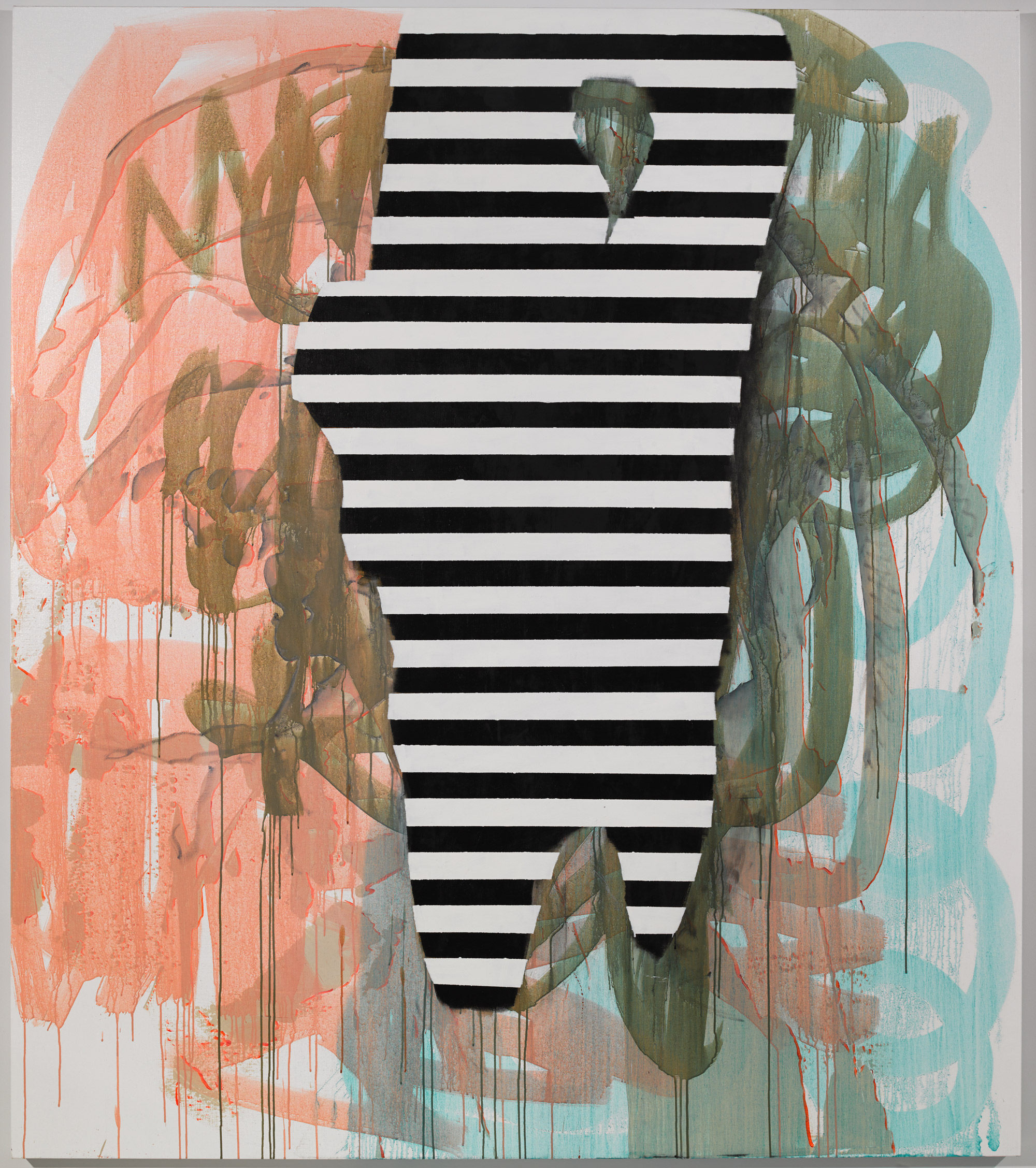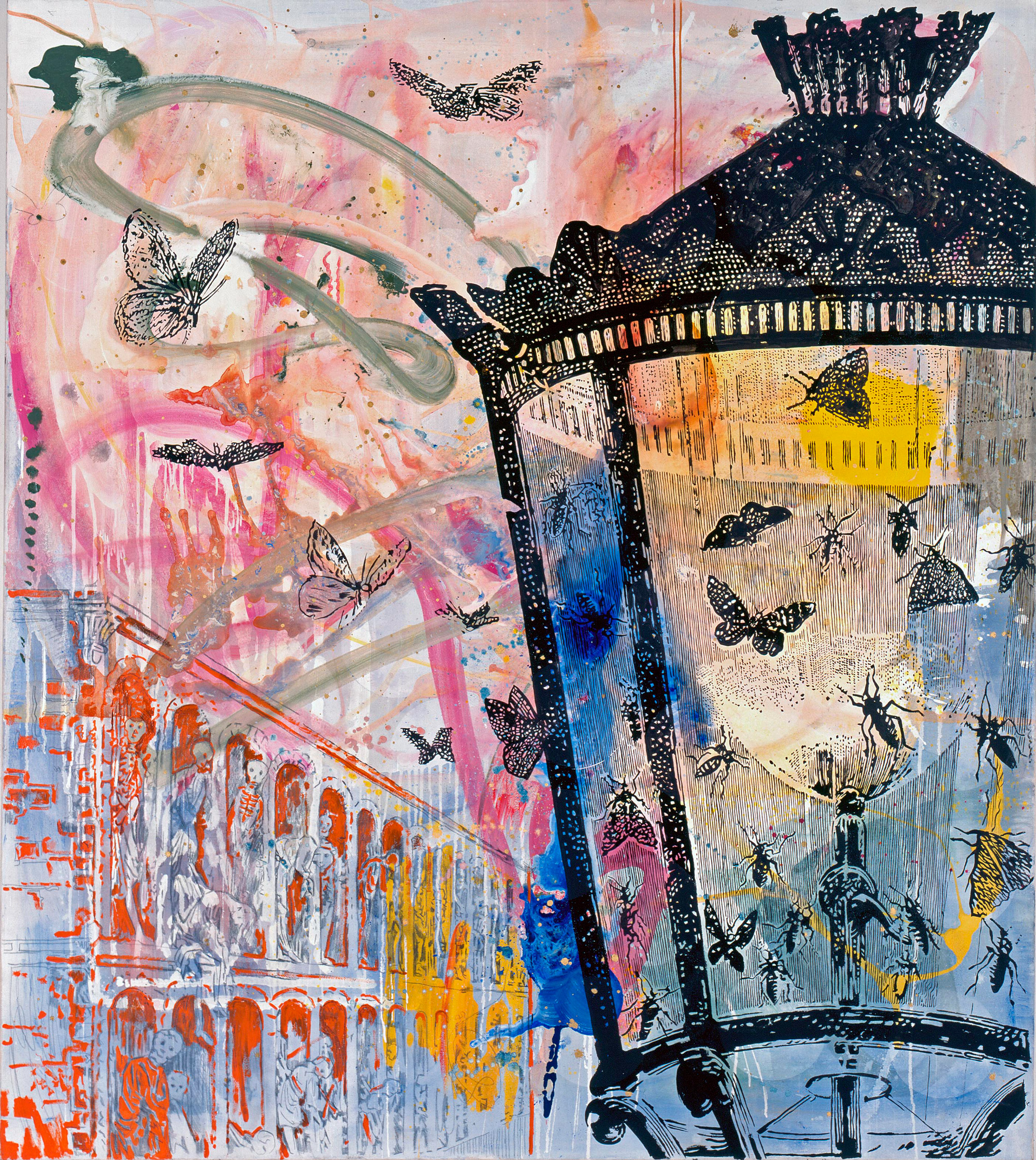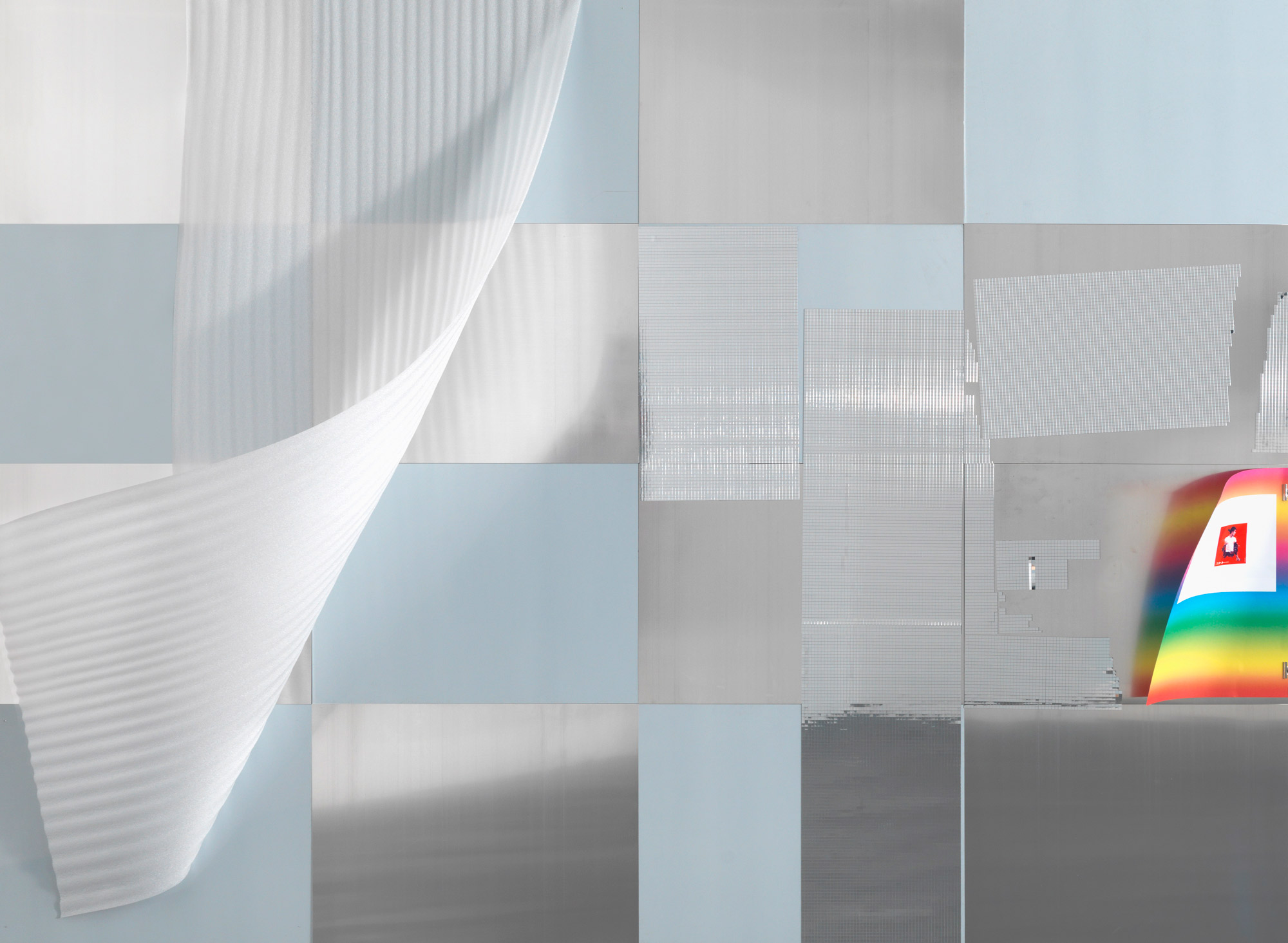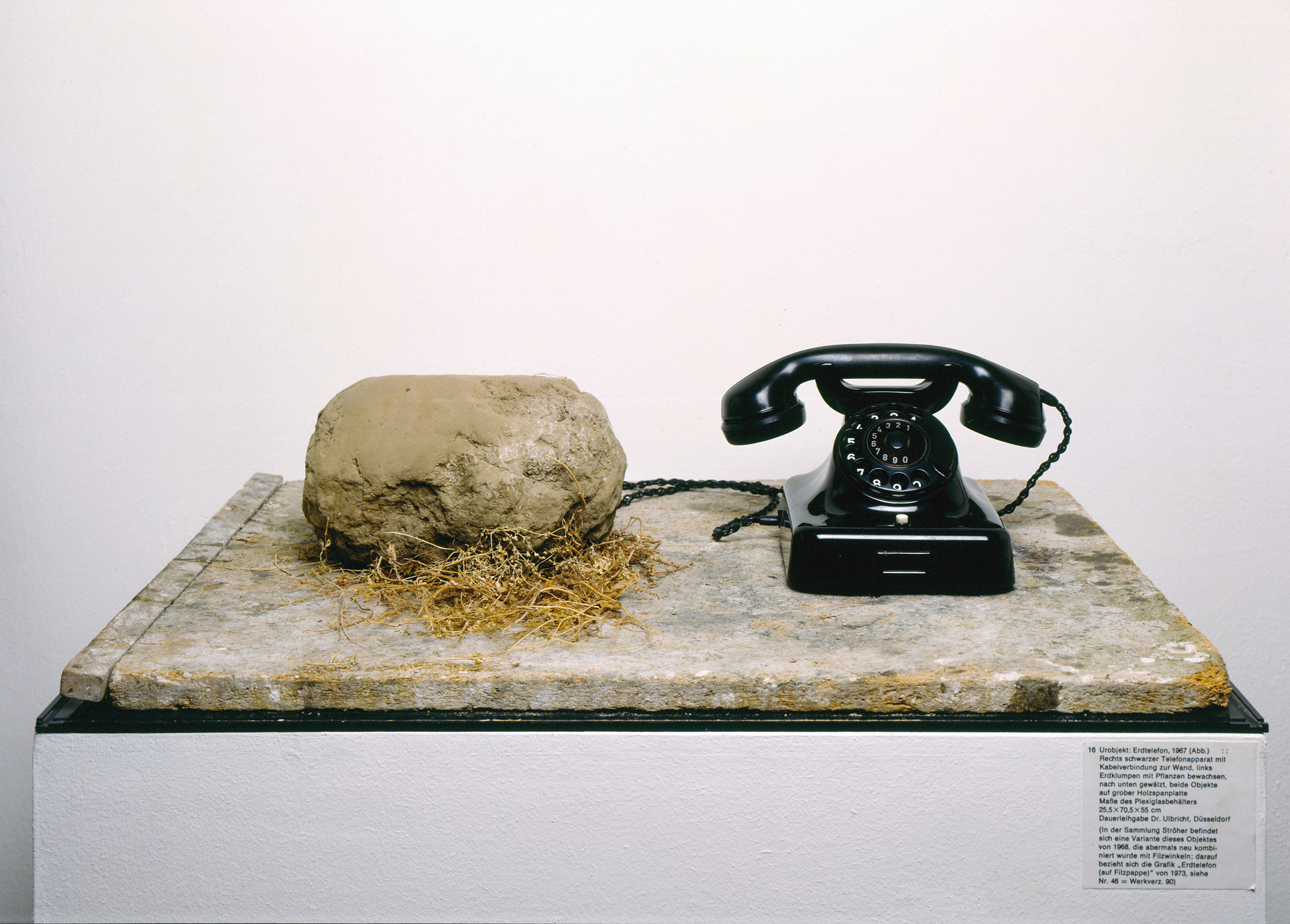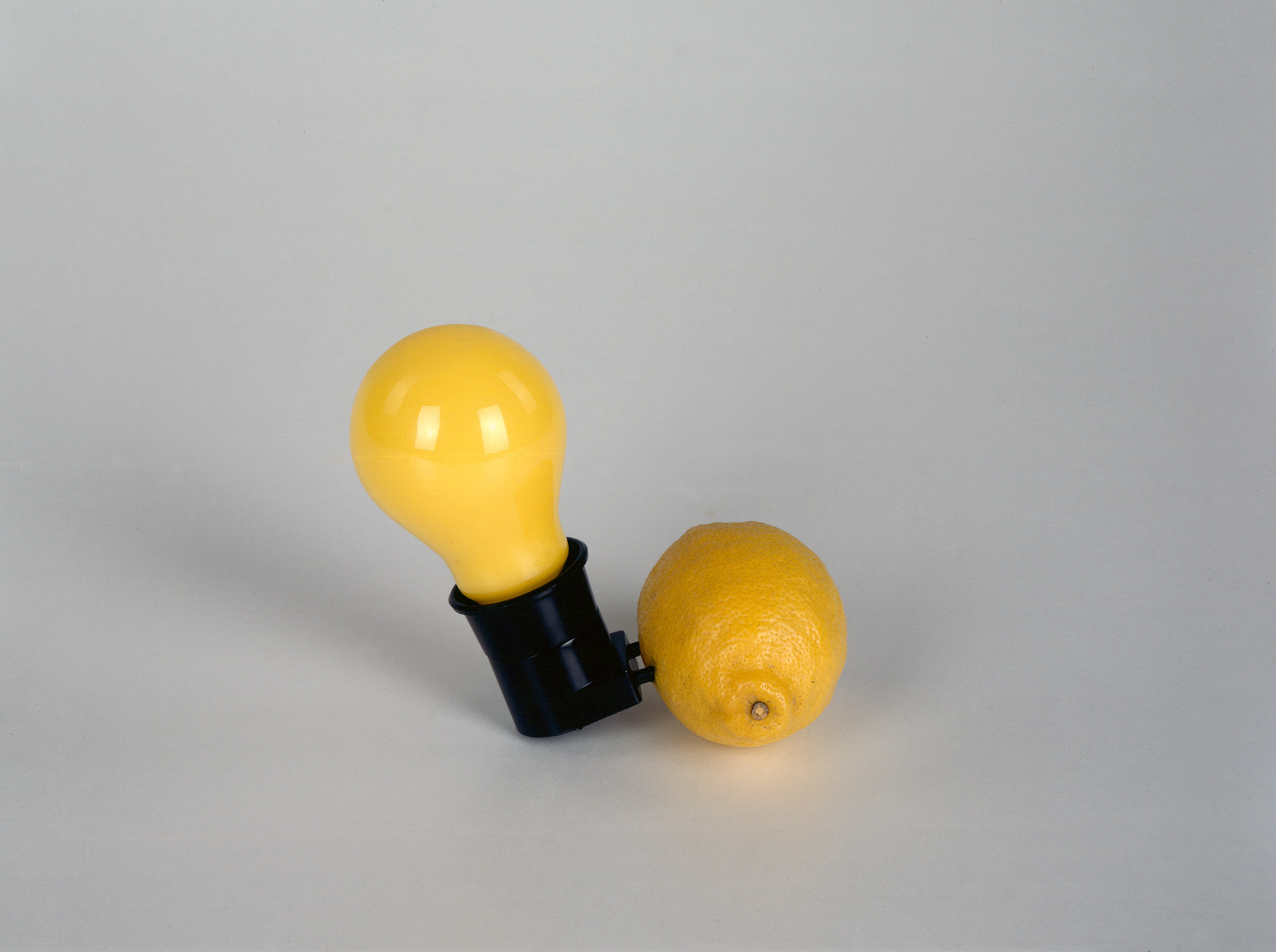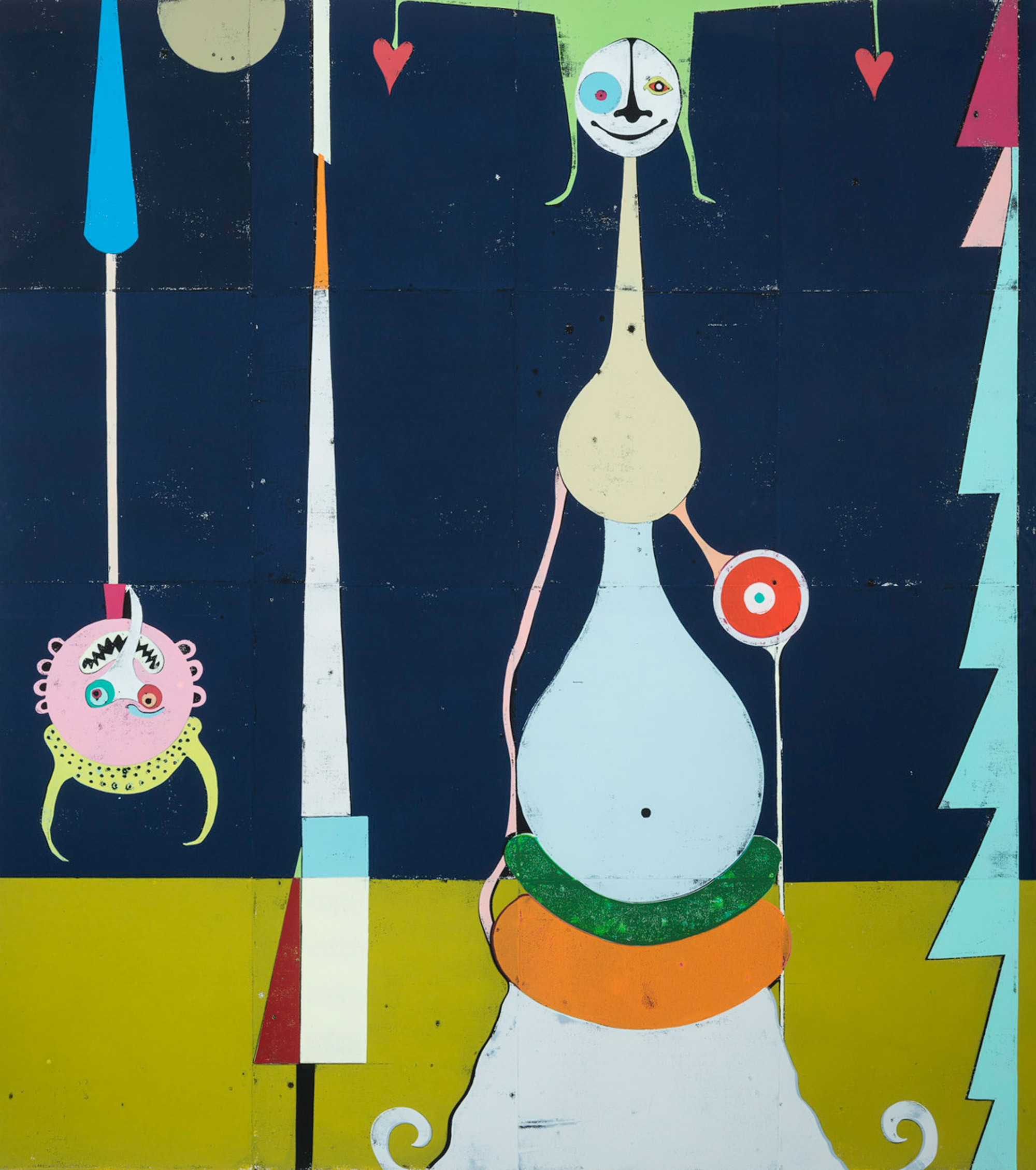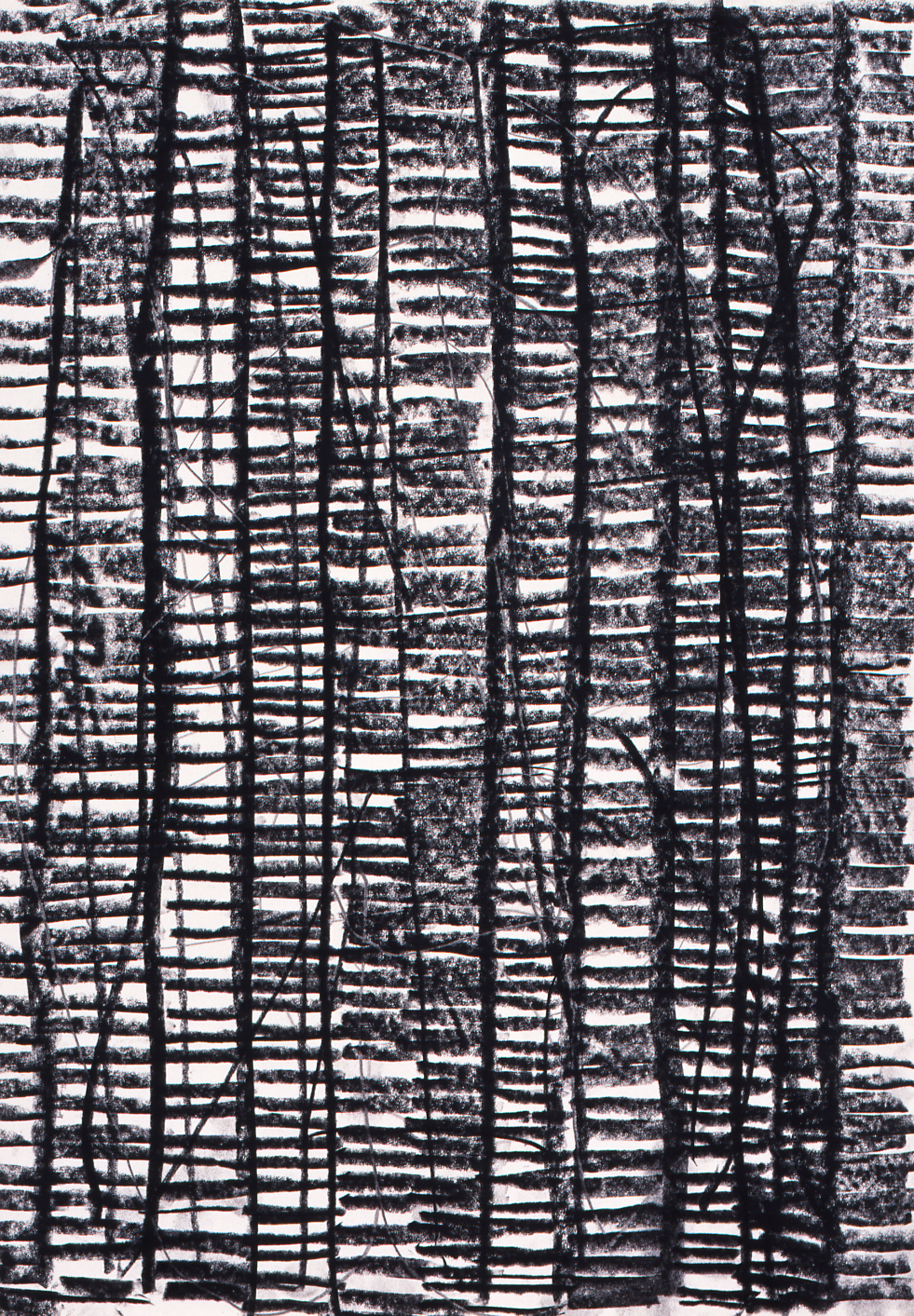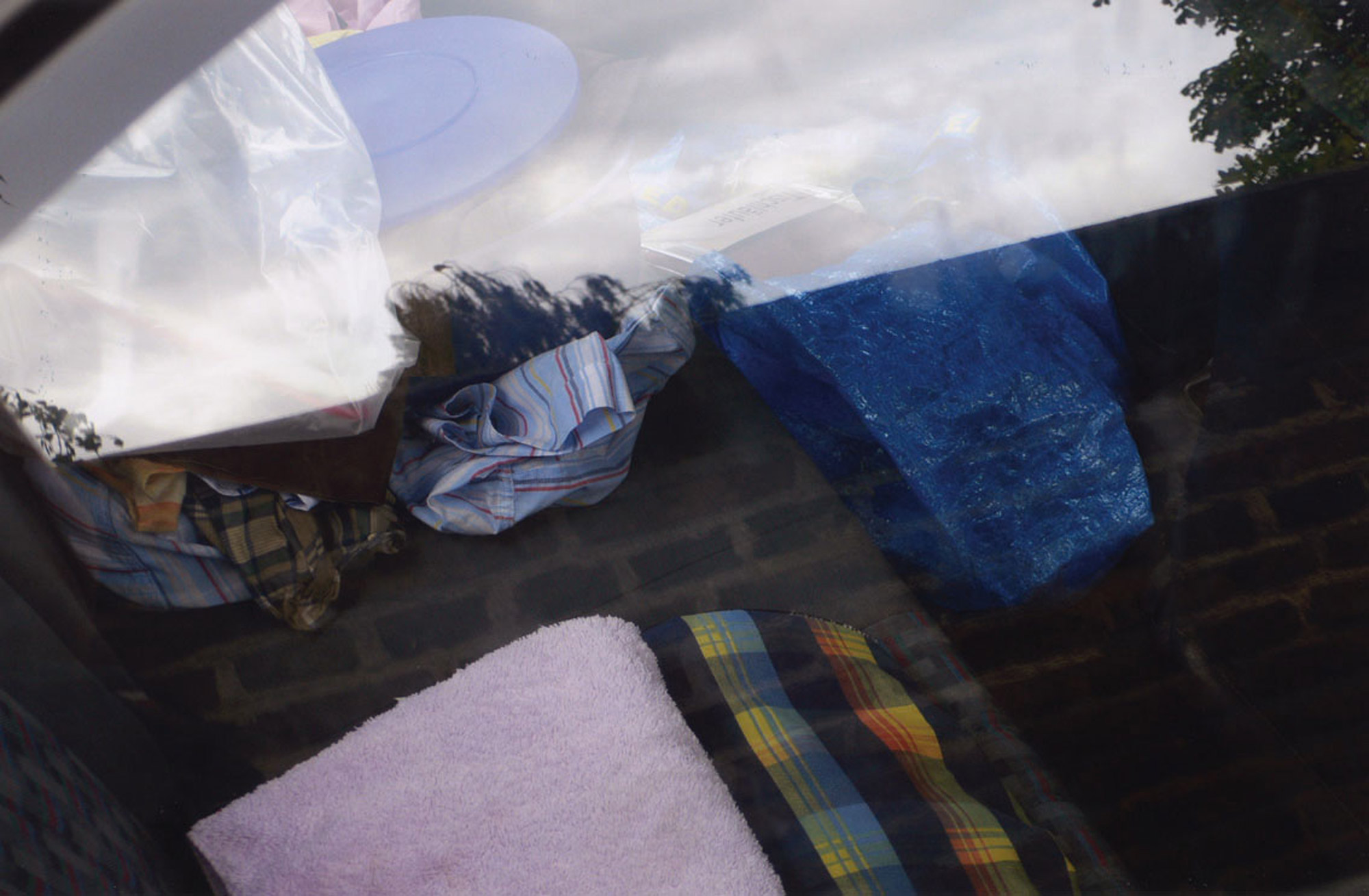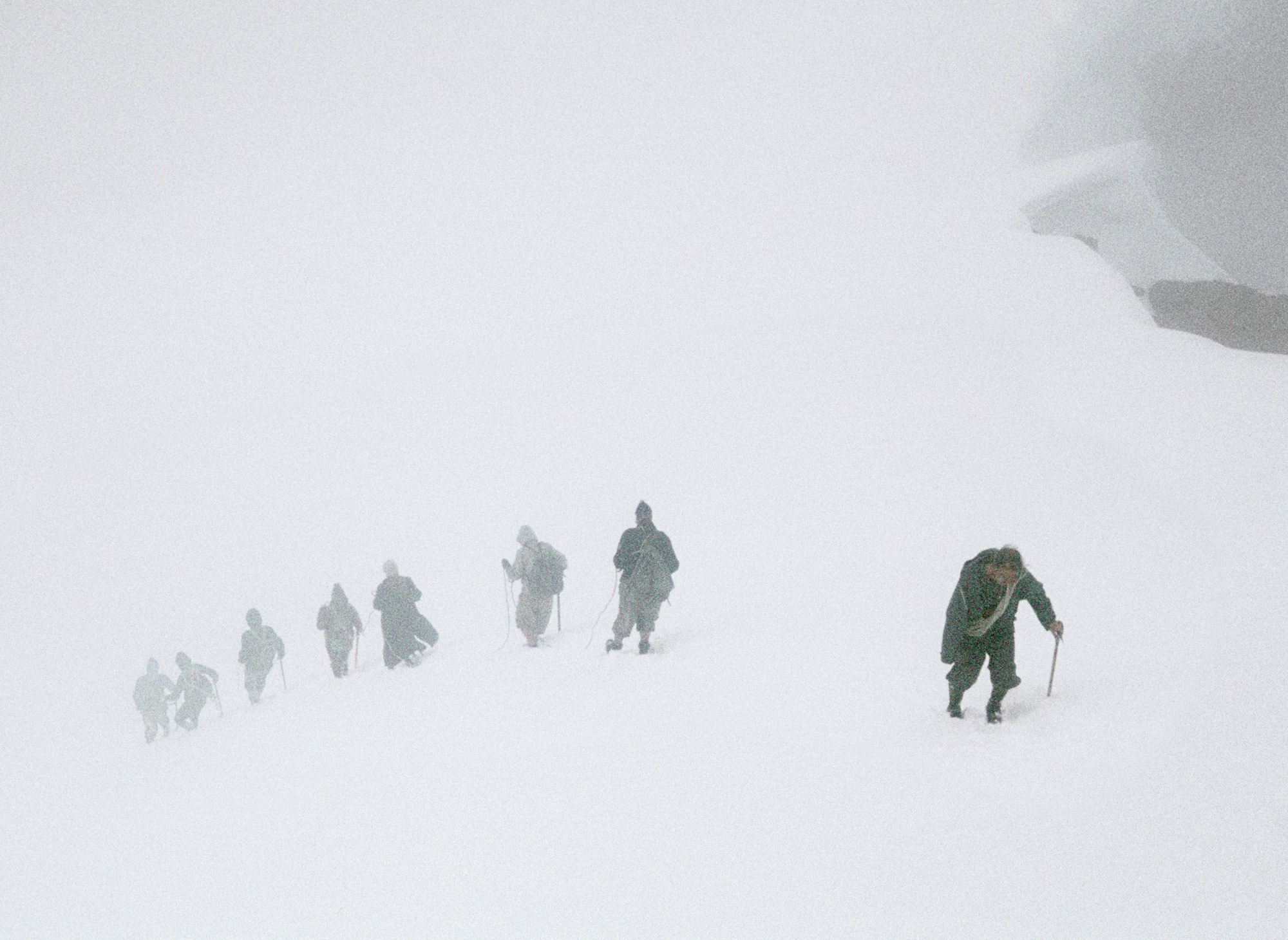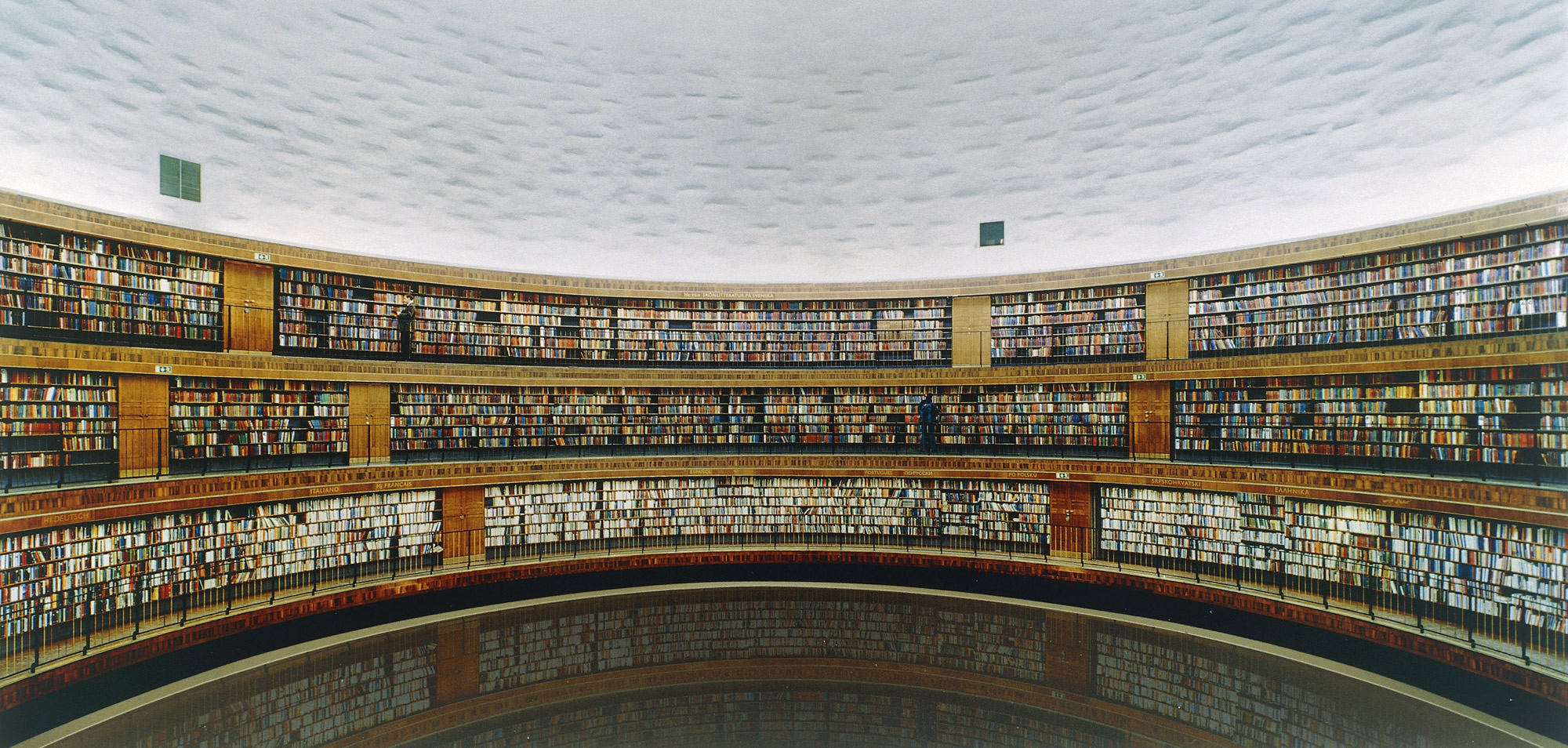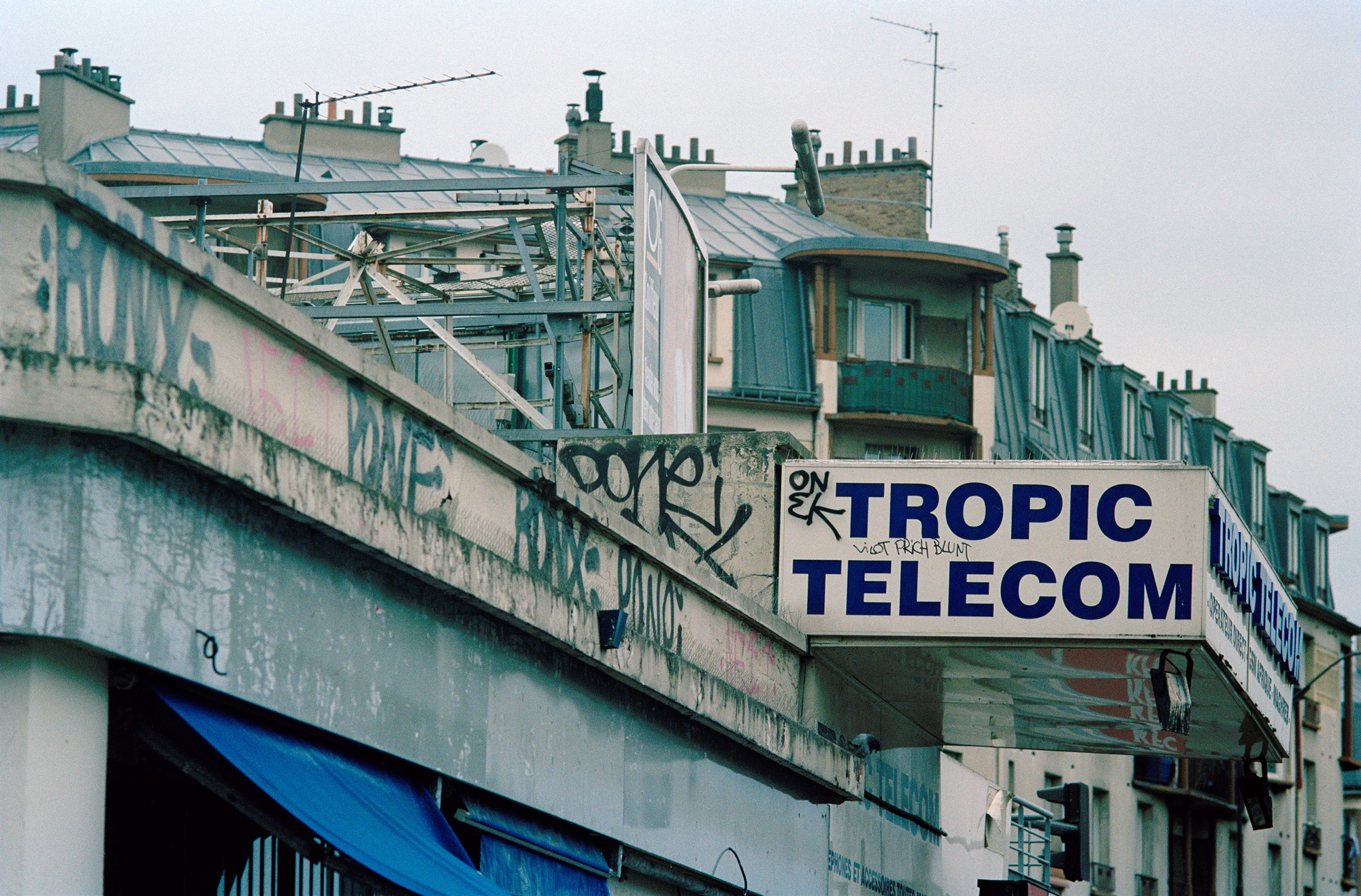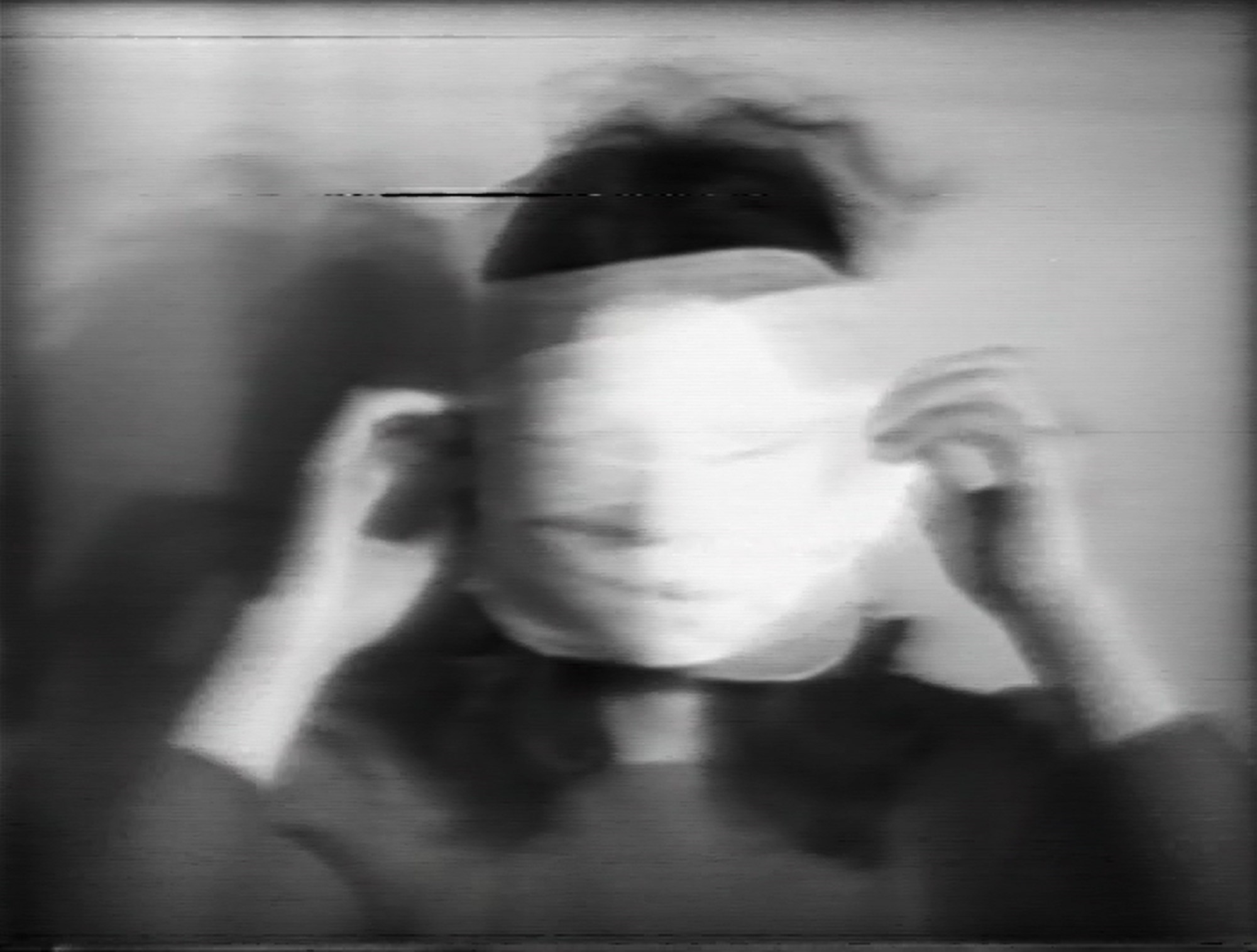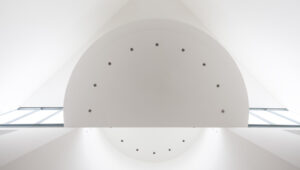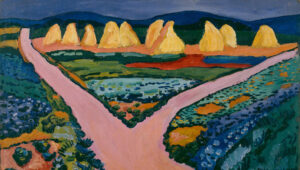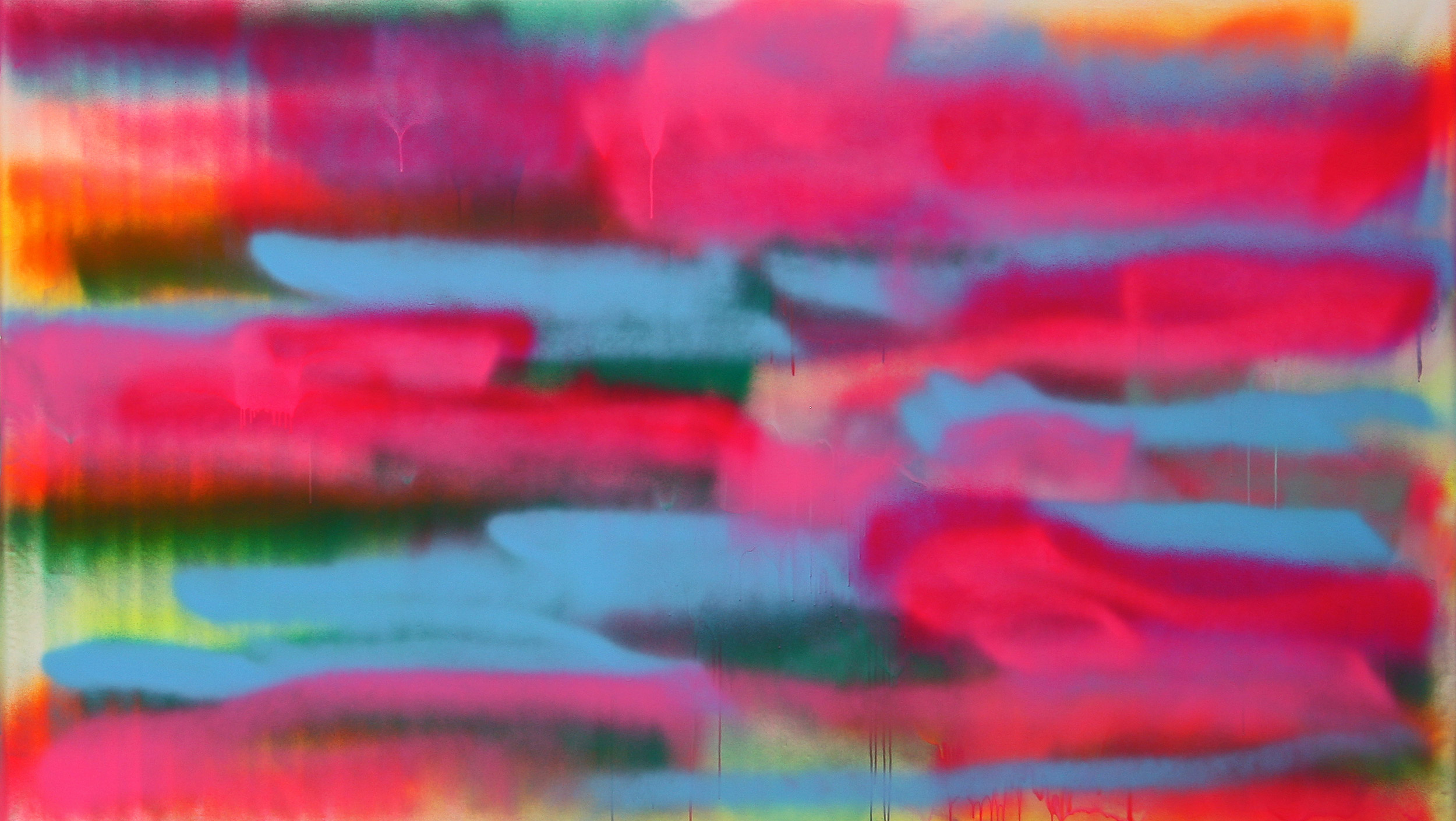
Katharina Grosse, Ohne Titel (1005L), 2001, Permanent loan Collection Mondstudio, © VG Bild-Kunst, Bonn 2021, photo: Wolfgang Günzel
German and International Art after 1945
A major focus of the collection of the Kunstmuseum Bonn is on the art created in Germany from 1945 to the present. Above all, there is a comprehensive presentation of the path of painting from Informalism to the present. In addition to paintings, important contributions to photography, video art, sculpture and installation have been acquired over the years. They demonstrate that contemporary art can no longer be understood within the narrow borders set up between individual media. The museum repeatedly examines its concepts regarding the expansion of the collection and its presentation, in accordance with the dynamic development of art. Overall, the collection adheres to the principle of acquiring extensive ensembles of works by individual artists and facilitating an intensive encounter with them in separate rooms.
In the meantime, there has also been an integration into the Kunstmuseum’s collection of artistic positions which clarify the international and global interconnections evinced by contemporary art. Approximately every two years, the holdings are freshly organized and exhibited in order to explore different perspectives on art. Included in these changing presentations are various important works from the collection which have not been displayed for a longer time, as well as new acquisitions and loans from private collections (KiCo, Mondstudio et al.) with which the museum has long collaborated. The spectrum extends from Joseph Beuys, Blinky Palermo, Gerhard Richter, Sigmar Polke and Hanne Darboven all the way to Marcel Odenbach, Isa Genzken, Heidi Specker, Katharina Grosse, Pia Fries and other artists.
Works
Collection focus
Joseph Beuys - Multiples
“When you have all my multiples, then you have me entirely.”
—Joseph Beuys
The Kunstmuseum Bonn has at its disposal one of the largest collections of the multiples of Joseph Beuys. This is due not least of all to the Beuys Stiftung Ulbricht, whose artistic holdings it was possible to integrate into the collections of the Kunstmuseum in the mid-1980s. Supplemented by purchases in later years, the collection today consists of a good 470 multiples from a total of more than 500: including postcards, prints, posters, videos, records and objects created between 1965 and 1986, the year of Joseph Beuys’ death.
Multiples—edition objects—were particularly important in the art of the 1960s and 1970s. As reasonably priced objects produced in series, they also served Beuys as multipliers of his ideas.
The intention was for his thoughts and actions to be promulgated in this way throughout society, where they would achieve their impact.
Extremely diverse in nature with respect to their respective media, the multiples represent in a complex manner Beuys’ entire oeuvre, which revolves around humanist, political and ecological issues. Their contentual complexity stands in contrast to the supposed simplicity of the materials of which they make use. Fat and felt, for example, point to basic human experiences such as food, warmth and shelter. The insulating material stands not only for bodily, but also for mental warmth. The multiples are often relics from Beuys’ Action Art or make reference to earlier drawings. Frequently, however, they are the sole expression of a specific idea which Beuys found exclusively in the medium of the multiple: for example in Capri-Batterie (1985), in which nature appears as a source of energy, as a self-loading battery.
Works
Graphic Collection
Ever since its foundation, the Kunstmuseum Bonn has been collecting graphic art: etchings, copperplate engravings and screenprints as well as drawings, collages and artist’s books, with an international orientation. The collection of the institution comprises a good 6,000 sheets and thus numbers among the smaller museum collections, but it includes numerous highlights. There are important groups of works in the areas of Rhenish Expressionism, the artist’s books of Max Ernst, the multiples and drawings of Joseph Beuys, works on paper by Hanne Darboven, Blinky Palermo, Sigmar Polke, Gerhard Richter and Franz Erhard Walther, as well as graphic reproductions by Günther Förg and Eduardo Chillida as well as from English and American Pop Art.
Thanks to the yearly donations by the Theobald-Simon-Stiftung, the museum possesses numerous drawings by regional and national artists such as Susanne Krell or Hilla Jablonsky. The large-format woodblock prints of Gert and Uwe Tobias, along with works by Nanne Meyer, are some of the recent acquisitions in the area of the Graphic Art Collection. Moreover, thanks to a donation by the artist, an extensive group of drawings by Harald Naegeli has recently become part of the collection.
Photographic Collection
Ever since the late 1970s, the Kunstmuseum Bonn has been collecting photography. An important part of its high-quality collection of 400 works by some sixty artists consists of works by the major German artists of this era. There are extensive groups of works not only by Katharina Sieverding, but also by Jürgen Klauke, Anna & Bernhard Johannes Blume, Imi Knoebel, Monika Baumgartl and Rudolf Bonvie. During the 1990s, the Kunstmtuseum Bonn initiated a host of exhibition- and collection-activities in the area of photography.
Since then, outstanding works by Andreas Gursky, Jörg Sasse, Thomas Florschuetz, Katharina Mayer, Thomas Struth, Michael Wesely, Boris Becker, Christopher Muller and Wolfgang Tillmans have become part of the collection. Most recently added were works by Candice Breitz, Viktoria Binschtok and Heidi Specker.
Works
Video Art
The Kunstmuseum Bonn possesses one of the most important collections of video art in the world. In particular, the film and video art of the 1960s and 1970s is represented in Bonn with a remarkable breadth and quality. This is due above all to Ingrid Oppenheim. The Cologne gallerist and patron of the arts bequeathed to the Kunstmuseum nearly 400 works by pioneers of video art such as Joan Jonas, Alan Kaprow, Dennis Oppenheim, Peter Campus. Les Levine, Klaus vom Bruch, Marcel Odenbach, Ulrike Rosenbach et al. Mobile video technology gave artists the freedom to develop new artistic possibilities with regard to moving images. The transitions between video art and experimental or traditional film are fluid. The term “video art” accordingly applies not only to the historical art form that arose during the 1960s in Germany and the USA. The spectrum of the collection extends from early, technically simple video films which reflect upon the medium itself (Joan Jonas, Vertical Roll, 1972) all the way to the film Unheil by John Bock which, co-financed by the Kunstmuseum Bonn and elaborately produced in feature-film length, invents a disturbing version of the Middle Ages with its own rituals.
As video installation, video art sometimes extends sculpturally into the surrounding space (Eli Cortiñas, Excitement of Ownership, 2019).
Ever since 2006, the video collection has been presented in the installation Odeon, a walk-in architectural sculpture by the Munich artist Stefan Eberstadt. Two service stations are available here; visitors can use them to call up films and videos and view them on a screen.


